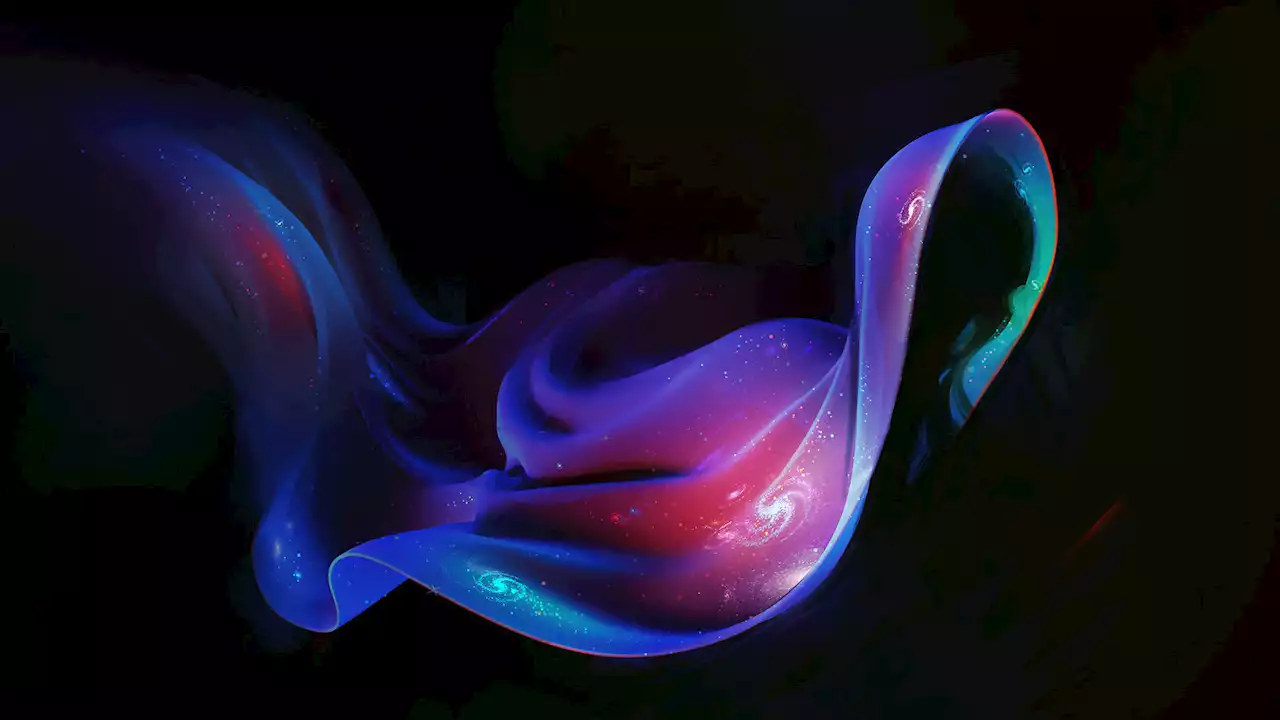How JWST will test models of cold dark matter -
On Christmas morning of 2021, an Ariane 5 CEA rocket blasted off from Kourou, French Guiana. It carried with it the largest and most sophisticated space telescope ever built: the James Webb Space Telescope.
Cold dark-matter simulations show dark matter clumping into small blobs, which encounter other blobs and merge together, continually snowballing until large structures like the Milky Way are formed. These gravitationally bound blobs of dark matter are known as halos.Anna Nierenberg, assistant professor of physics at University of California, Merced, was awarded 39 hours of observing time during JWST’s Cycle 1 to look for small dark-matter halos.
Because the light from these quasars must travel a great distance in an ever-expanding universe, it is stretched along the way, pulling its wavelengths into the infrared range. The mid-infrared wavelengths they are observing are almost impossible to see with ground-based telescopes. “We’re going to be observing with absolute reddest bands that JWST can accommodate,” Nierenberg says.
Walker’s group’s “archival research” is looking inside dwarf galaxies to find wide binary stars, systems of two stars orbiting each other at relatively large distances .
